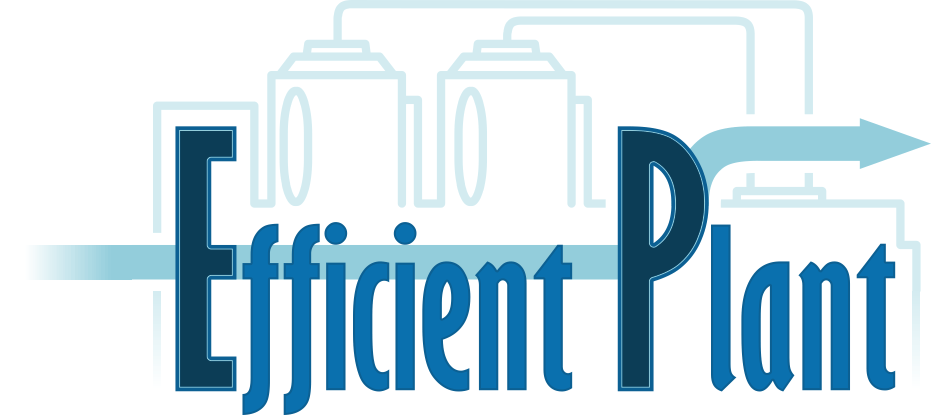In a previously-cited blog (“4.0 Digital Maturity? Yes, but then…” – https://efficientplant.com/blog/ ) I referred to the ‘holistic’ Acatech model.
The Acatech model stems from the observation that an Industrie 4.0-based transformation cannot only consider the technological point of view. Success depends on companies also transforming their organization and culture.
The economic potential of 4.0 is to allow knowledge to be extracted from data with a view to transforming the company into a learning and nimble organization, able to quickly take decisions and to adapt. When we talk about 4.0, we mean multilateral communication, in real time, of big data and an interconnectivity between personnel and physical cyber systems, allowing for quicker decision making. Paired with a nimble organizational structure, this allows for greater responsiveness in increasingly dynamic markets, the development of new projects precisely adapted to the clients’ needs and expectations, as well as their quick and reliable delivery.
The interconnection between the technological and organizational elements make it possible to achieve increased agility, the key ability of a 4.0 company. The Acatech maturity model thus covers 4 aspects: 2 technological (resources and systems) and 2 organizational (structure and culture).
Resources
Here we mean physical resources, that is labour, machinery and equipment, tools, materials, and finished products. Labour must have certain key skills to be able to take full advantage of the captured information.
Additional, correctly configured technical resources are needed in order to maximize visibility and minimise decision-making delays (latency).
An effective interface between the physical and digital environments is also needed in order to create a twin digital point of view, which will facilitate the learning and simulation processes required to increase agility.
To this end the labour must be able to identify appropriate data sources and to use the appropriate processing techniques, i.e. be qualified to work in an information-rich environment. For their part, technical resources must have the required functionalities for real-time data collection and their transformation into useful information (meaning contextualized data).
The materials and products themselves can be digitized to facilitate their traceability and customized operation.
Systems
Knowledge comes from socio-technical systems (i.e. software + processes) in which information is provided, according to economic criteria, by people as well as information and communication technologies (ICT). The latter prepare, process and transfer data and information.
The configuration of a company’s information systems is the key to their use for decision making. The increased digitization of processes makes real-time decision-making easier, through rapid data aggregation. This requires that companies be able to understand that the rapid availability of data, contextualized to create information, is a value-add, as well as understand the need to make them available to all employees at all times.
Structure
While technology drives a company’s journey to becoming learning and agile, its implementation requires an organic organizational structure. This refers as much to its internal organization as to its position in its value network (i.e. with its clients and suppliers).
An ‘organic’ company is the antithesis of a mechanistic and hierarchical company. It is especially well adapted to highly dynamic environments. Its employees have fewer constraints and more latitude, as well as personal responsibility.
Of course all relevant information must be made available to them so they can make the right decisions. In a decentralized environment, local deciders have better information regarding the local circumstances, being closer to the action. Further, management keeps them fully informed of the latest market news and of the company’s vision.
Conventional and inflexible environments are unable to face rapid changes in a dynamic environment. Approaches that promote quick prototyping and speedy feedback are needed. Trials and errors are allowed, indeed encouraged.
Culture
A company’s agility greatly depends on the behaviour of its employees. And the required nimbleness cannot develop if the company simply introduces new digital technologies without doing anything about its culture.
No digital support system can add any value if there isn’t a culture in place where employees trust in this type of systems, and are ready to accept their suggestions. The employees must be ready to continually review and adapt their behaviour according to a constantly-changing environment. The culture in place must be one where employees are guided by data, and factual knowledge. The environment must also foster confidence and harmonious relationships, opening the door to an open and uninhibited sharing of knowledge between employees.
Openness to change and innovation is key for initiating change and adopting the best practices, even those that are less conventional. Decision-making processes must be quick, flexible and adaptable by all.
And you? Where are you at?
While reading the above, you undoubtedly thought to yourself: I wonder, what is our level of maturity? This is why we have adapted a mini version of the Acatech audit model and have made it available to you in a short self-diagnosis format: https://www.surveymonkey.com/r/KR86VSQ
Once completed you will receive a brief evaluation report and some comparative data. Obviously, for a more in-depth diagnosis you should have your self-evaluations validated by an external expert.
So, go on then . . . evaluate your 4.0 maturity!
André Michel, B.Sc.A., Eng., President
Bernard Boire. B.Sc.A., M.Sc.A., FIC, Director Industrie 4.0
